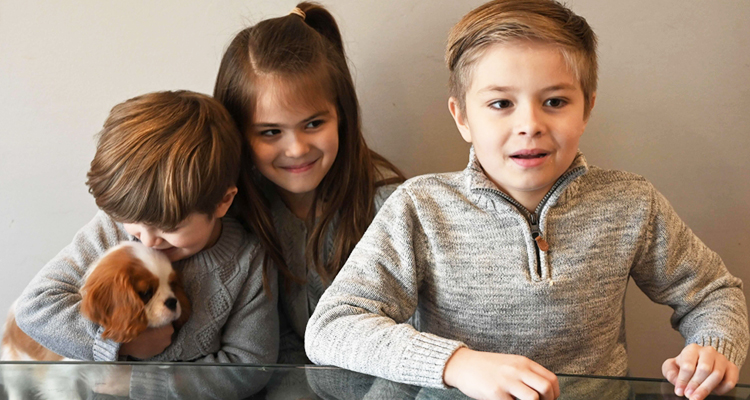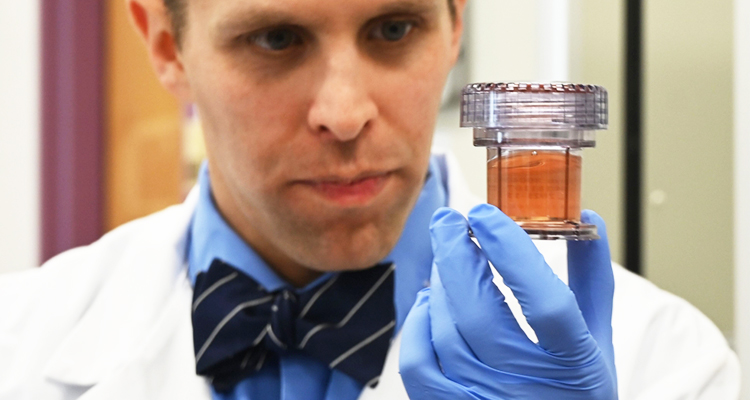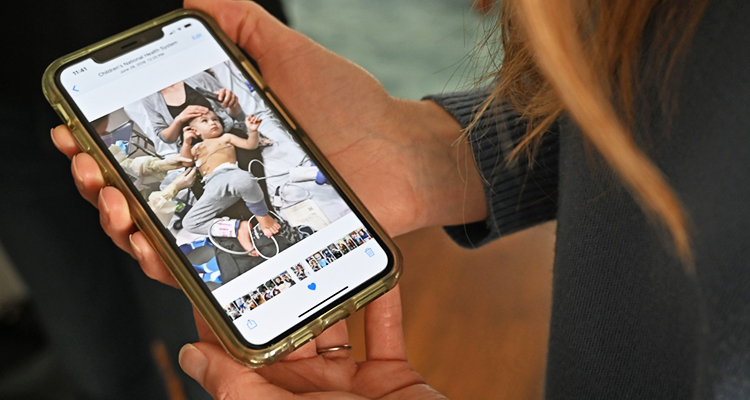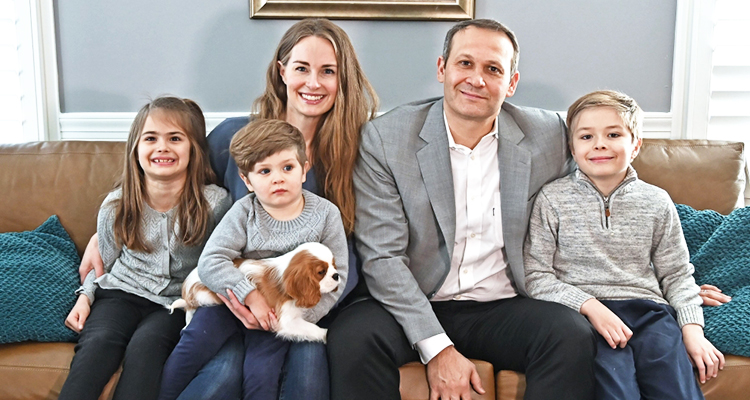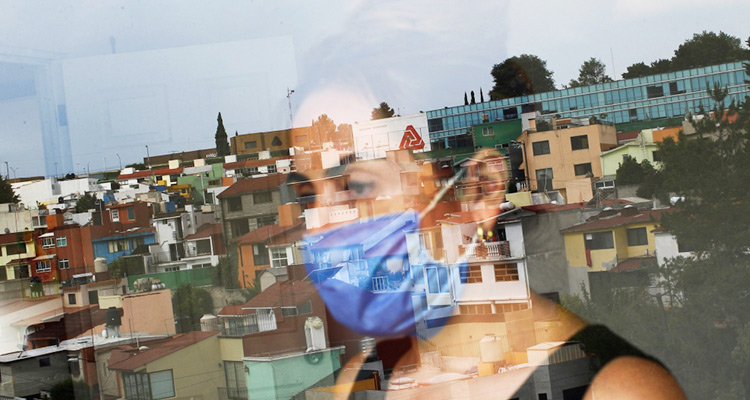The 'supercells' that cured an infant's grave genetic illness

Maren Chamorro holds her three-year-old son Johan in the living room of their home in McLean.
When a person's immune system is impaired by a genetic disease, a bone-marrow transplant can be a powerful therapeutic tool, but with a major downside: during the first few months the recipient's defenses against viruses are severely weakened.
The slightest infection can lead to a hospital trip.
A still-experimental type of treatment known as T-cell therapy aims to assist during this vulnerable period -- the months during which the body is rebuilding its natural defenses.
After two decades of clinical trials, the technology has been refined, and is being used to treat more and more patients, many of them children.
A boy named Johan is one of them.
Three-year-old Johan (L) holding the new family dog Henry, and his sister Johanna listen as their brother Thomas speaks.
Risky procedure
She had known since childhood that she carried a gene that can be fatal in a child's first 10 years, chronic granulomatous disease (CGD).
Her brother died of it at the age of seven. The inexorable laws of genetics meant that Maren had a one in four chance of transmitting it to her child.
For their first children, she and her husband Ricardo had chosen in-vitro fertilization, allowing the embryos to be genetically tested before implantation.
Their twins Thomas and Joanna were born -- both disease-free -- seven and a half years ago.
But in Johan's case, a post-birth genetic test quickly confirmed the worst: he had CGD.
After conferring with experts at Children's National Hospital in Washington, the couple took one of the most important decisions of their lives: Johan would receive a bone-marrow transplant, a risky procedure but one that would give him a chance of a cure.
Dr. Michael Keller, an immunologist and Assistant Professor at Children's National Hospital, looks at a T-cell research sample.
His brother's immune system
Johan's white blood cells were incapable of fighting off bacteria and fungal infections. A simple bacterial infection, of negligible concern in a healthy child, could spread out of control in his young body.
Luckily, Johan's brother Thomas, six years old at the time, was a perfect match. In April 2018, doctors first "cleansed" Johan's marrow using chemotherapy. They then took a small amount of marrow from Thomas's hip bones using a long, thin needle.
From that sample they extracted "supercells," as Thomas calls them -- stem cells, which they reinjected into Johan's veins. Those cells would eventually settle in his bone marrow -- and begin producing normal white blood cells.
The second step was preventive cell therapy, under an experimental program led by immunologist Michael Keller at Children's National Hospital.
The part of the immune system that protects against bacteria can be rebuilt in only a matter of weeks; but for viruses, the natural process takes at least three months.
Maren Chamorro displays a photo on a smartphone of her son Johan while he was receiving a specialised T-cell infusion.
Hurdles remain
From Thomas's blood, doctors extracted specialized white blood cells -- T-cells -- that had already encountered six viruses.
Keller grew them for 10 days in an incubator, creating an army of hundreds of millions of those specialized T-cells. The result: a fluffy white substance contained in a small glass vial.
Those T-cells were then injected into Johan's veins, immediately conferring protection against the six viruses.
"He has his brother's immune system," said Keller, an assistant professor at Children's National.
Maren and Ricardo Chamorro pose with their children and the new family dog Henry during an interview.
For Johan, a year and a half after his bone marrow transplant, everything points to a complete success.
Her only concern now is the same as any mother would have -- that when her son does fall ill, others in the family might catch the same bug.
Agence France-Presse
